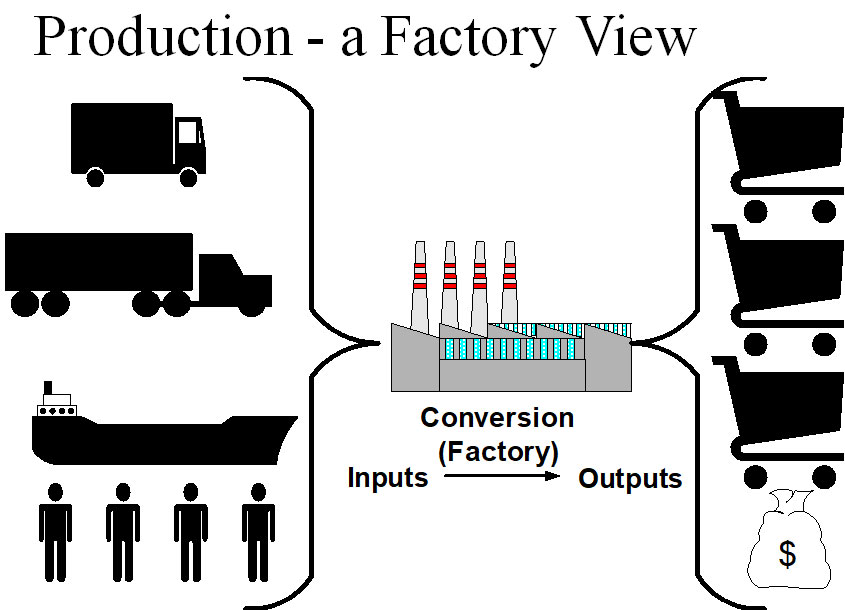We can assist in providing answers in the following areas:
Data Envelopment Analysis (DEA) is a benchmarking approach to examining relative performance. It takes existing performance data and constructs a performance frontier. This frontier represents the "best-in-class" performance that is observed in the benchmarked data. Each of the benchmarked data points are then able to be valued in terms of their distance from the performance frontier.
This technique is non parametric, it requires very little if any knowledge of the production function underlying the production frontier. The analysis works using information from the available data. Once each entities performance is known then the performance of the whole body can be determined.
Andcer resources we have successfully used DEA to determine performance information on:

DEA takes actual inputs and outputs - it does not know the value in terms of dollars for each of these inputs and outputs. If costs and values were known for the inputs and outputs, and costs were the only metric of interest, then DEA would not be reasonable way to assess performance. Lacking costs and values DEA determines "shadow prices" and then constructs production frontier as discussed above.